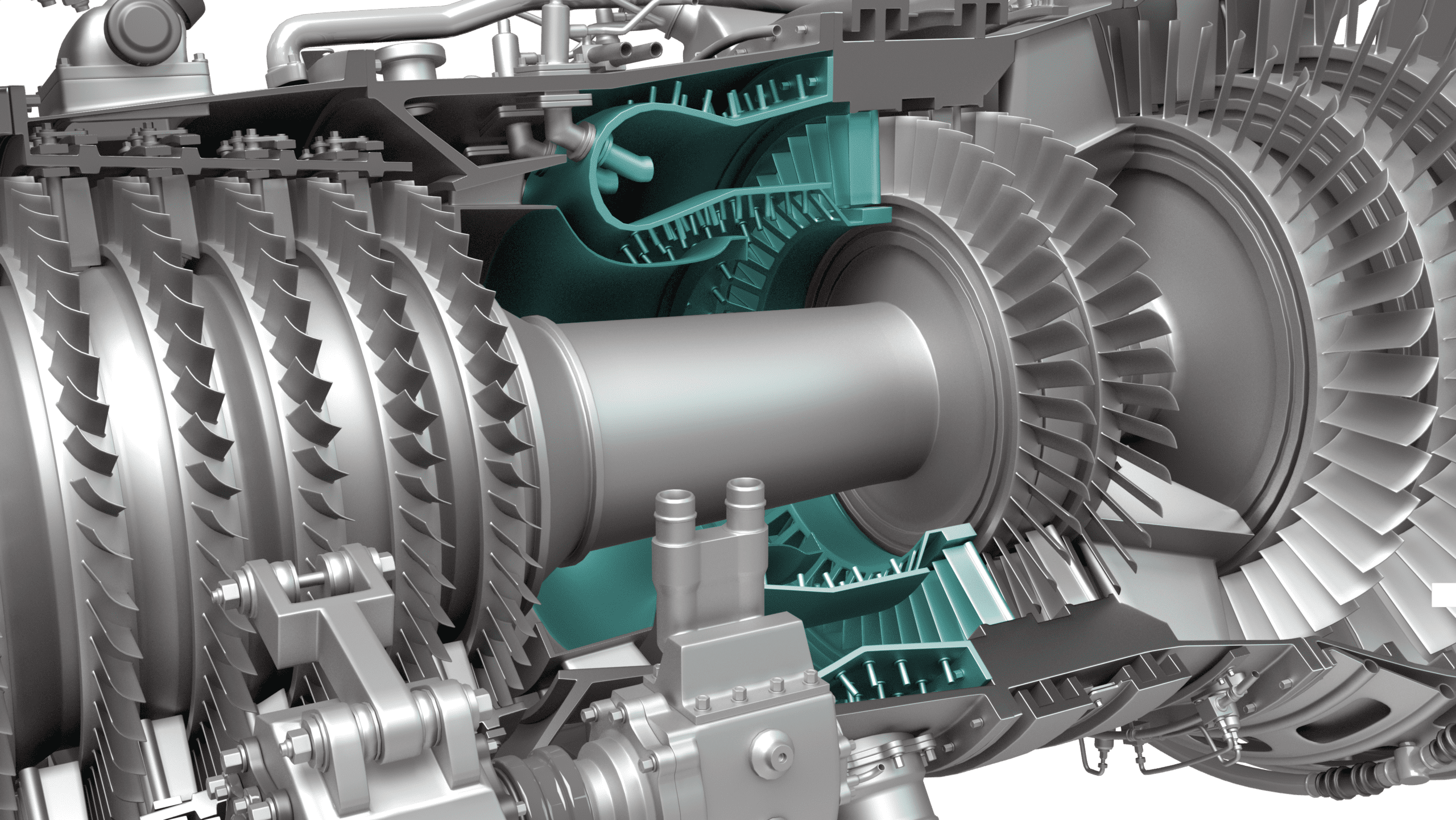
SIDE VIEW COMBUSTOR 3 4 v1 002
NASA has selected Pratt & Whitney to develop new combustor technologies for engines that could be used on future single-aisle passenger aircraft. The program focuses on the compatibility of sustainable aviation fuels (SAF) in advanced combustors in small-core engines. It is part of NASA’s Hybrid Thermally Efficient Core (HyTEC) program.
P&W is already involved in HyTEC, having been awarded a contract for Phase 1 of the program in October 2021. This phase is dedicated to ceramic matrix composites (CMC) in high-pressure turbines (HPT).
Phase 2 of HyTEC looks at the effects of burning SAF on fuel and air mixers and will compare the results with those that use conventional Jet A fuel. “Pratt & Whitney plans to demonstrate a technology-infused core comprised of a high-pressure compressor, high-pressure turbine, and combustor, leveraging successes from the first-generation Geared Turbofan core”, it says in a media statement. The project is planned for 2024 through 2027 and has a total value of $13.1 million, with P&W matching or exceeding NASA’s own investment.
More engine manufacturers are developing compact and more efficient jet engine core technology. “HyTEC’s role is to develop these small core engine combustors that are more efficient, more durable, and able to use sustainable aviation fuel without compromising the engine performance and while providing significant emissions benefits,” says Tony Nerone, HyTEC project manager at NASA’s Glenn Research Center in Cleveland that leads the program.
“Our partnership with NASA on HyTEC will allow Pratt & Whitney engineers to explore new technologies that will help make future aircraft propulsion systems even more sustainable”, says P&W Senior Vice President of Engineering and Technology, Geoff Hunt.
Views: 9



